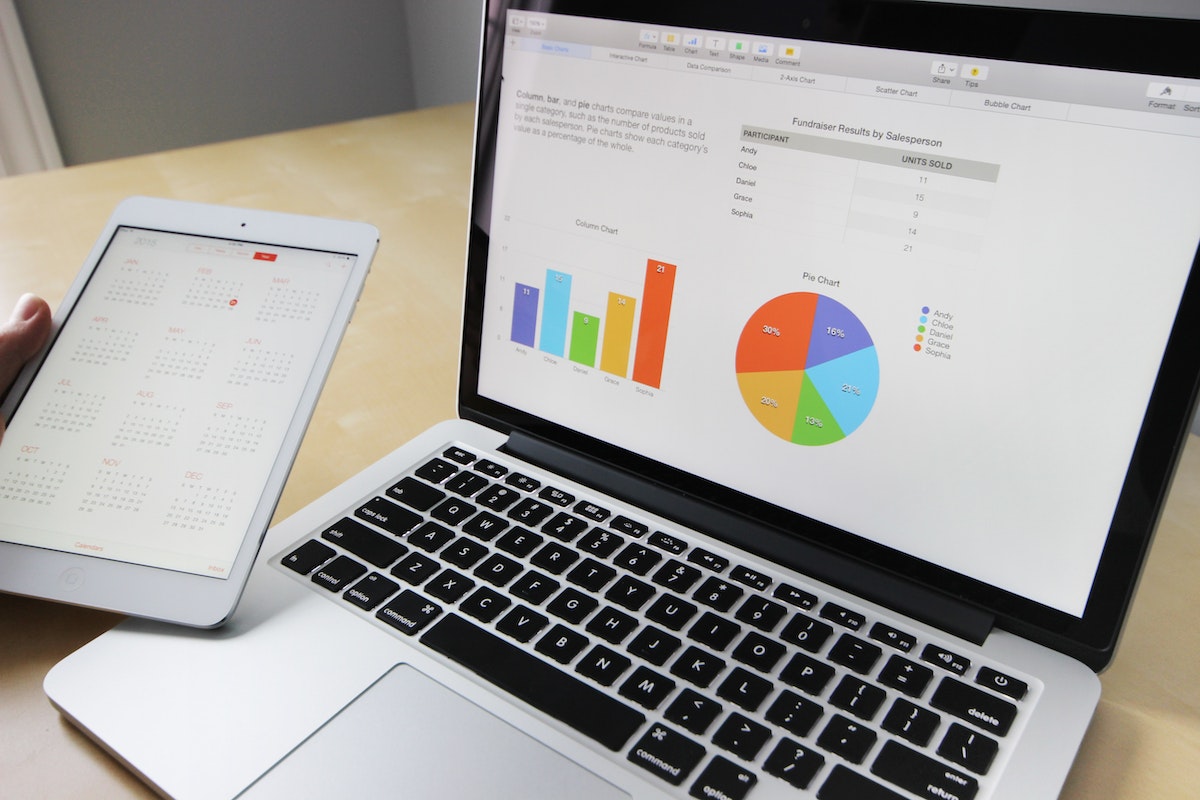Digital transformation is no longer confined to brands and enterprises. Even small businesses need to invest in it for sustainable growth and a competitive advantage. According to Gartner, 89% of business leaders consider it an integral part of growth strategies. Adopting the right technologies at the right time can transform your small venture into a large enterprise.
Starting small with your core processes is a good idea. For example, you can automate your finance and payroll operations. Manufacturing firms may adopt robotic processes instead of traditional production. Likewise, you can adopt software tools to streamline employee scheduling, visitor management, mobile sales, or customer support.

Most small businesses opt for off-the-shelf solutions because they appear relatively cost-effective on the surface. However, custom alternatives are always better, even if they cost a bit more. You may feel apprehensive about the investment, but it may be the best one for your company.
Here are a few factors in deciding whether custom software makes sense for your business:
Addresses Your Unique Needs

Did you know that 93% of small business owners report utilizing at least one tech platform to operate smoothly? Surprisingly, the average owner uses three platforms. The numbers show how competitive the market is right now. Using cookie-cutter solutions may not give you what you need to set apart your product, services, and employer brand.
Investing in a custom solution is a far better option, as you can ensure perfect alignment with your unique needs and goals. A custom software development service provider digs deep into the client’s needs in the first place and recommends relevant features and functionalities to attract them. You can rely on them to create an app or tool that automates tasks and workflows specific to your operations.
CodeStringers notes that small businesses can outsource custom software development to get the best of both worlds. It enables them to get bespoke solutions with the right features without spending a fortune. You can even invest in a minimum viable product with only a few features to begin with by going custom.
Grows With Your Business

Even as small businesses constantly struggle with resource constraints, they have ample growth opportunities. From 1995 to 2021, these enterprises created 17.3 million new jobs in the US, which makes up almost two-thirds of total jobs. A few companies may fail, but most survive and thrive over the years.
Custom software is an apt choice because it grows with your business. Unlike off-the-shelf options, you need not worry about switching to a new platform as your business expands. Just ask your development team to leave room for new features over time. Scalability is an inherent advantage of tailor-made technology, so you shouldn’t miss out on it.
Offers Cost Advantage

Most small entrepreneurs worry about the upfront cost of custom software development. Firstly, you can make significant savings by outsourcing to a Software development company instead of hiring an in-house team of developers. Even if you spend a little more than a ready product, you will still save money in the long run.
The ongoing licensing fees of off-the-shelf software can add up over time. Version upgrades and additional features can be painfully expensive. Going custom is cost-effective as you can design a single solution integrating various functions. That’s much cheaper than buying multiple software packages to cover different business processes.
Better Security and Compliance

Another valid reason to invest in custom software is that it offers better security and compliance compared to ready solutions. Industries like e-commerce and healthcare must follow stringent data security requirements. For example, e-commerce sellers must comply with PCI-DSS standards, while HIPAA compliance is essential for healthcare providers.
Custom software is the best option for businesses that need to handle sensitive data. Your development team can tailor these solutions to match industry-specific security and compliance requirements. Paying more for extra security is better than paying hefty penalties or losing your reputation by going wrong with data safety and compliance.
Wrapping Up
Small businesses often skip custom software because it appears to be beyond their budgets. However, investing in one can be a wise move because a tailored solution can pay back sooner rather than later. Consider your unique needs and growth goals to get the perfect innovation tool for your business.
The best part is that you can do it without worrying about the upfront cost. You can outsource expertise and start small without bells and whistles to minimize development costs. The next time you think of automating a process with a ready tech platform, think twice and consider customization.












